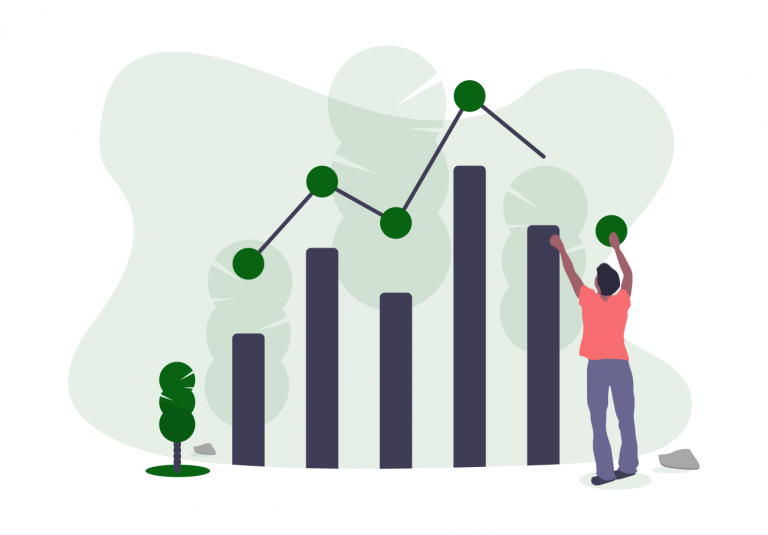
Out of the seven continents [Africa, Antarctica, Asia, Australia, Europe, North America and South America] in the world, existing statistics indicates that 60% of arable land is in Africa, with billions in investment potential. For thousands of years, a few percent of this figure was cultivated by smallholder farmers with adoption of crude implements. The use of modern equipment and farming techniques for production and management of food and cash crops, including animal rearing could be linked with the era of colonialism in most African countries.
During the early post-independence era, many African countries experienced a surge in the use of modern farming methodologies, which led to increase in food production against the slow and low production experienced while using crude implements. Whether using crude implements or modern equipment and indigenous or modern approaches, farmers make a number of decisions regarding what to plant, how to rear animals, how to harvest among others daily.
In both situations [indigenous and modern], farmers are also faced with proper understanding of weather, soil quality, market conditions and many other unknowns towards making profit or loss. While some countries in other continents have moved to computational agriculture, a good number of African countries are yet to fully embrace the concept.
Register for Tekedia Mini-MBA edition 19 (Feb 9 – May 2, 2026): big discounts for early bird.
Tekedia AI in Business Masterclass opens registrations.
Join Tekedia Capital Syndicate and co-invest in great global startups.
Register for Tekedia AI Lab: From Technical Design to Deployment (next edition begins Jan 24 2026).
In Europe, America and some parts of Asia, advanced technologies are being converged to unlock issues within agricultural production and management. Farmers, agronomists, breeders and scientists are working together utilising tools that help them disentangle and understand the complexity of plants, crops and animals.
Computational agriculture involves the use of advanced technologies for data curation, mining from the farm fields and outside the fields. A data scientist notes that “some of the challenges farmers face today could be helped with a mix of better data, machine learning, and yet-to-be developed technologies. Computers can crunch vastly more data than humans and are really good at working on complex problems with multiple variables and dependencies.” Indeed, data-driven agriculture can solve the challenge of food security in Africa.
A Case in Other Continent
As noted earlier, there are tools for effective computational agriculture. In 2020, Mineral was birthed after the completion of a computational agriculture project. Mineral focuses on sustainable food production. “The Mineral team saw an opportunity to build new software and hardware tools that can bring together diverse sources of information that until now were simply too complex or overwhelming to be useful. The team started by gathering readily available information on the environmental conditions in the field—for example, information on the soil, the weather, and historical crop data. Mineral’s robotics, sensing and software tools collect and interpret diverse data from the field.”
Farmkonnect and Its FIDAS in the Context of Computational Agriculture
Like what the Mineral team did. A team from Farmkonnect, an agricultural real estate company in Nigeria, has concluded its project on an electronic agricultural extension center. Apart from the use of local people for the project execution, the company also partnered with a company in Holland, which focuses on weather exploration and management towards sustainable crop production.
“We started the E-centre first of all to protect our investors’ money and by extension to other farmers. We could manage and monitor any farm in Africa using satellite technology. There is another one for irrigation, you don’t need to be on the farm, from the satellite, it can plant and make irrigation plans for a farm. We don’t need to visit the farm, from the E-centre we could do everything. This will be a backup to help farmers on site, we run it 24/7, and we see signals if anything is needed,” Azeez Oluwole, Chief Executive Officer says.
As the centre promises to exchange knowledge and expertise with farmers on the farms and computational agriculturists, our analyst notes that farmers and investors would get the needed value from their investments.



